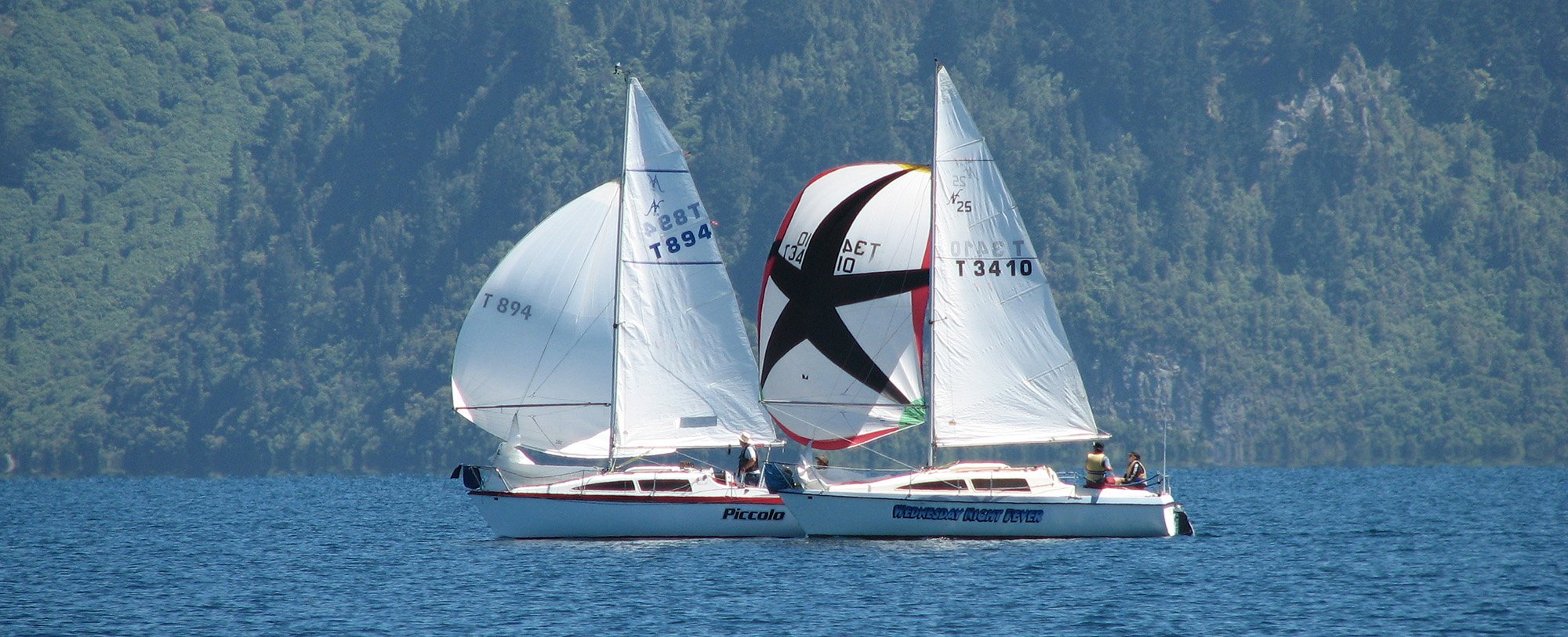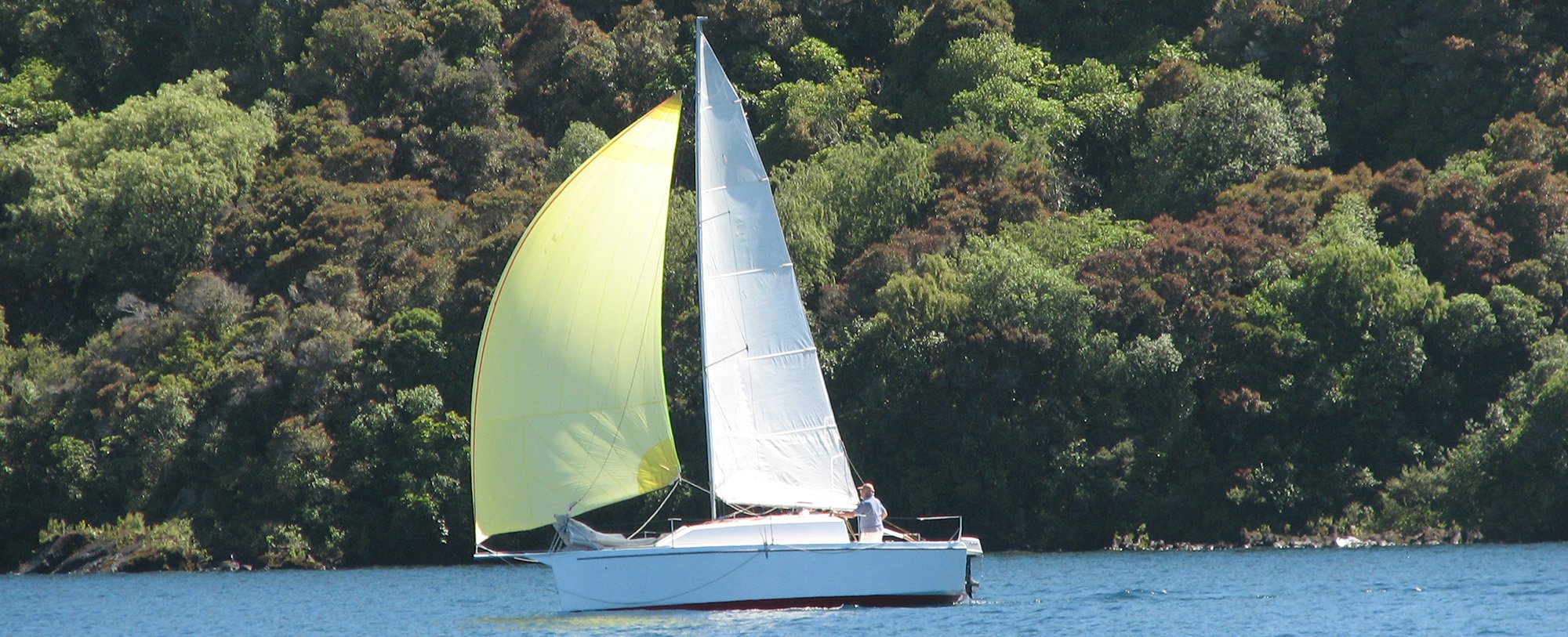
History of Trailer Yachting
Trailer yachts, as we know them today, began in 1958 with the design by Richard Hartley of the "Hartley 16".
This small boat was built originally from plans and later on from kitsets and by 1979 some 4,800 had been constructed. This little 16 footer provided comfortable sailing for several people on a day basis, with bunks for two when cruising. With a towing weight of 454 kg including the trailer it could be towed by a small car and was easily handled.
In 1962 the Hartley 14 and the 18 came off the drawing board as the recreational sport of Trailer Sailing became popular. The Noelex 22 appeared in 1968 and by the 1970's many other designs were evident.
The 1970’S
During the 1970’s the move was from timber or ply construction to glass reinforced polyester (GRP) and by the mid 70’s female moulded GRP boats were the norm. This production method enabled boats to be built faster with better consistency in hull shape, yet still allowing the owners to finish off the boat interior at home if they wished.
In the mid 1970’s the New Zealand Trailer Yacht Association Inc. was formed and design parameters were formalised. Because the yachts were designed to be towed on the highway the towing regulations ensured that they be no wider than 8 feet 2 inches.
By 1979 the National Government imposed a 20% sales tax on boats and caravans, being classed as pleasure items, and this move effectively killed the booming trailer yacht production. Since then trailer yachts have been produced at a much slower pace, most being constructed as ‘one offs’ with very few GRP moulded boats being produced. During the 1980’s most of the moulds fell into disrepair or were purchased and moved to Australia.
What is a Trailer Yacht?
For the design to gain NZTYA approval it is required to meet the criteria set down in Yachting New Zealand’s Safety Regulations, Part V - Trailer Yachts. In essence the main requirements are that it must:
Be a mono hull cabin yacht.
Be propelled principally by the use of sails and suitable for family participation in recreational yachting activities.
A maximum beam of 2.5m
Be fitted with at least two internal berths
Be fitted with a retractable centreboard
Have a maximum draught of 760mm with the centreboard retracted.
Have an internal cabin length of not less than 40% of the length of the boat.
Have an auxilliary motor.
Since its formation the NZTYA has granted approval for some 158 different designs. Most of the boats produced in the 70’s are still being sailed and many active Owners Associations exist for the popular designs. The NZTYA requirements are under review by the NZTYA and it is likely that it will seek mandate from its members to provide additional definitions that will allow a wider range of modern designs to be accommodated, for example they maybe multi hulls and over size trailerable yachts.

Sports Trailer Yachts
In the 90’s boats like the Thompson 750 were designed and at the request of the owners the NZTYA created a new category which enables these fast trailer yachts to be sailed competitively in a “sports” mode. The Safety and Design rules applying to these Sports Trailer Yachts are also covered in the YNZ Safety Regulations.
NZTYA Rating System
The NZTYA has an efficient system which rates each design to its potential when racing (See NZTYA Ratings). This enables fleets of mixed designs to compete against one another with their race results being adjusted according to their rating. This provides interest and excitement at inter Club level for all yachts no matter how large or small.
Designs have now grown up to 8.0m or more in length, boasting a spacious comfortable interior that are capable of sleeping five or six people when cruising. These same boats are also highly developed using modern construction methods, technologies and the latest materials, providing exciting sailing for the enthusiast when racing.
If you are contemplating the purchase of a trailer yacht we would suggest that you contact a nearby Club and ask to have a look over the types of boat within your budget. There are many design variations depending on whether you are a Racer, Cruiser, or a combination of both. Be sure to also consider the all up weight of the boat complete with trailer, equipment and personal items as you will need to consider your towing vehicle as well.
